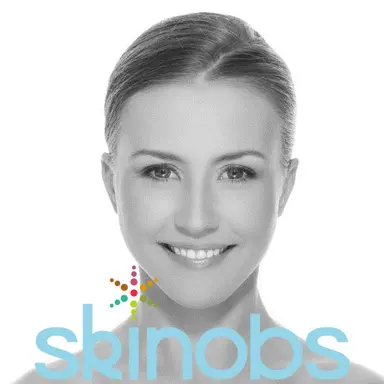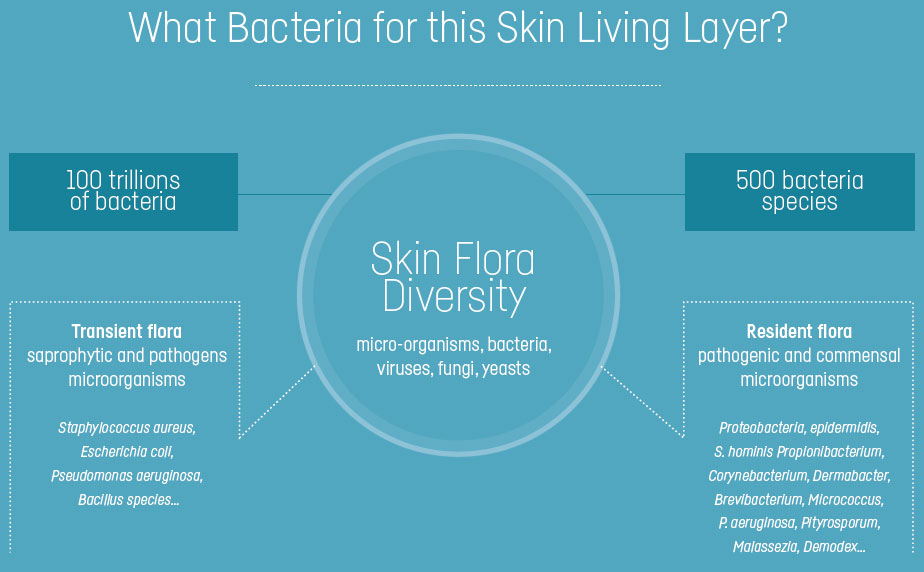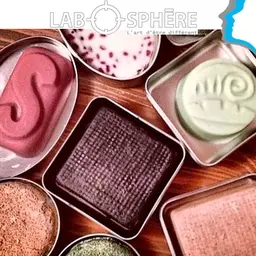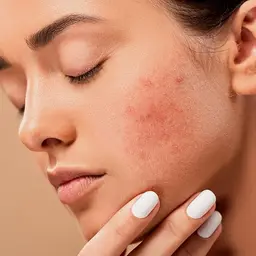
Rebalance, activate, protect… the microbiota: what claims can be used for a cosmetic product and how can they be objectified? Anne Charpentier, CEO of Skinobs, reviews the complexity of the skin microbiota, the claims that can be linked to it and their objectification by the evaluation of the activity of cosmetics through the different methods available.
A complex ecosystem deeply linked to the skin homeostasis
Healthy skin promotes a skilled balance of the different bacteria present and vice-versa, skin homeostasis involves a diverse and highly controlled microbiome. Sometimes the simple decrease of one species can benefit others, which then become potentially pathogenic. 2D or 3D models including the inoculation of one or more microorganisms, living, or inactivated, allow to progress on specific problems, such as those associated with dysbiosis such as acne, atopic dermatitis, psoriasis, or scalp disorders… These approaches, which can sometimes be considered “reductionist” as the bacterial ecosystem of the skin is complex, remain unavoidable and contribute to the advancement of knowledge in the fields of skin biology and microbiology. Cosmetics should preserve the bacterial balance of healthy skin as varied as it may be and allow fragile and injured skin to regain a natural biofilm.
 The microflora is usually subdivided in two groups:
The microflora is usually subdivided in two groups:
• The transient flora, saprophytic and pathogens microorganisms with Staphylococcus, aureus, Escherichia coli, Pseudomonas aeruginosa and Bacillus species…
• The resident flora, pathogenic and commensal microorganisms with Proteobacteria, epidermidis, S. hominis Propionibacterium, Corynebacterium, Dermabacter, Brevibacterium, Micrococcus, P. aeruginosa, Pityrosporum, Malassezia, Demodex…
The balance of cutaneous …













